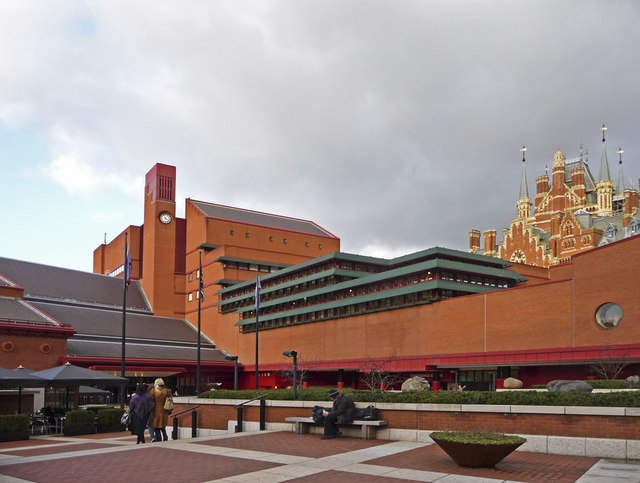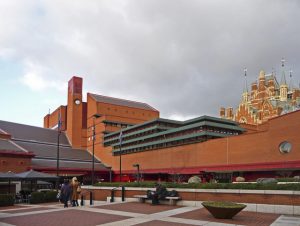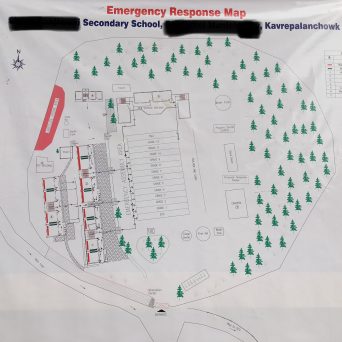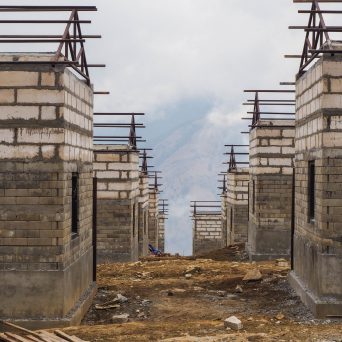
Nepal’s Remembered Earthquakes, by John Whelpton
The earthquake of 25 April 2015 and the following aftershocks were only the last in a long series which have affected the Himalaya and adjoining regions since the Indian plate began sliding under the Eurasian plate between 55 and 35 million years ago. The vamsavalis (chronicles) composed in the Kathmandu Valley provide a record of major tremors, starting with the one of 1223. Since the 19th century this has been supplemented by the accounts of foreign observers. Together with folk memories – a source which has so far been little explored – this has ensured that people can draw on the past to help interpret later earthquakes they themselves experience. Archibald Campbell, the surgeon at the British Residency who published a detailed report on the 1833 earthquake (https://www.scribd.com/document/38135477/Nepal-Earthquake-of-26-August-1833), was told by Brahmans about the much greater catastrophe of 1255, in which a third of the population had died. Maharaja Juddha Shamsher, in a speech after the 1934 earthquake, referred back to the 1833 earthquake and to the rapid recovery from it. The implication in both cases was that Nepal had survived the blows of nature before and would do so again.
However, the strong, collective memory evidenced by these examples contrasts with the seeming complete absence from Nepal’s written records of the 1505 earthquake which devastated the western half of the country as well as a large area of Tibet and which is known principally from Tibetan sources. Even for post-unification Nepal, we know far more about the effects of earthquakes in the Kathmandu valley than outside it, a situation which has only begun to be redressed with the modern transport and communications technology available today.
The historical record is also selective, because the detailed accounts accessible at the moment are normally in official documents presenting an official point of view. The standard reference on the 1934 quake is the book written by Brahma Shamsher J.B. Rana, a member of the ruling family and also the official in charge of the public health system at the time of the disaster. Not surprisingly, he paints a very positive picture of the government’s relief and reconstruction efforts, corresponding very closely with that presented at the time by what was then Nepal’s only newspaper, the government-run Gorkhapatra. These sanitised accounts tell us nothing of the tensions within the ruling elite or of the discontent which presumably did exist to some extent at popular level.
For a fuller view of the impact of earthquakes on Nepal, and in particularly of the relatively well-documented one of 1934, we aim to explore a variety of sources, including in particular the correspondence of British officials in Kathmandu, reports in the Indian press, written memoirs, interviews with survivors and their descendants, and records both in the National Archives of India and in Indian regional archives. Nepal government records, despite their limitations, also still need to be fully explored and Yogesh Raj, now a member of the SWAY team, has already published documents illustrating how damage assessment was carried out in 1934.

British Library, London. Source: Christine Matthews: geograph.org.uk
On the political side, work on the records in the British Library and the British National Archives has already yielded some interesting results. These still need to be cross-checked against other sources, but there are indications that Juddha’s decision to waive the repayment of some earthquake loans may not have been the straightforward individual decision it has hitherto been seen as. It is also possible that a decision to limit that generosity may have had adverse political consequences for Juddha during World War II. In addition, British records shed light on Juddha’s well-known refusal to accept official foreign assistance in handling the disaster, a stance which since 2015 has won him praise in nationalist circles in Nepal.
We hope by the end of the project in 2020 to have achieved a much fuller understanding of the historical background to the most recent earthquake, and of possible lessons for the future.
REFERENCES
Rana, Brahma Shamsher. 2013. Rana, Brahma Shumshere Jung Bahadur 2013.The Great Earthquake in Nepal (1934 A.D.), translated by Kesar Lall. Kathmandu: Ratna Pustak Bhandar
Raj, Yogesh.2015 `Management of the Relief and reconstruction after the Great Earthquake of 1934.’ Studies in Nepali History and Society. 20(2): 375-422 December



